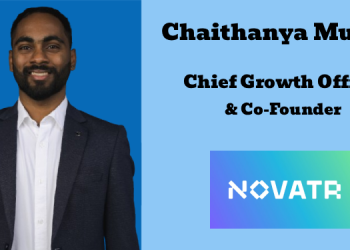Factors influencing the consumer experience
It’s not how much you pay, it’s all about the experience while you buy!
As the festive season was just around the corner and everybody was busy with their Christmas lists and New Year shopping, CXOs were all set with their strategies on how to make buying procedures easy and user-friendly for the consumers.
At this point, its important for these CXOs to understand where the buying rush comes from and how the festive season attracts brands and consumers alike and what behaviors they show.
First and foremost which they target is the“emotions” which we all have towards festivities. Festive seasons are often not only about self but about a gathering of people like friends or family. On occasions like these, we often tend to shop for ourselves and others resulting in the “festive shopping rush”. More so festive seasons are littered with an assortment of seasonal sales like“buy1 and get1 free”.
Considering the rush and added purchase engagement during festive times, brands have started to draw insight from consumer behavioral patterns in order to deliver the best possible shopper experience and the excitement, brands tend to follow our behavioral patterns to give us the best experience of buying. More clicks mean more data to analyze and result in more insight for a brand into the customer buying behaviors.
This tracking is done through machine learning algorithms and advanced data analytics which allow brands to deliver highly personalized creatives and tailored messages for maximum impact.
Now, let’s focus on how data analytics and ML are helping brands and their CXO’s with optimized experiences for consumers that result in increased ROI:
- Understanding consumer touchpoints throughout the buying journey: Consumer touchpoint information holds significant insight for retailers, the reason being that they need to know about what their buyers are paying for.This helps in understanding consumer behavioral aspects when it comes to searched products, products added to the cart and abandoned-cart products, etc. By knowing this, brands can optimize the shopper experience to ensure maximum engagement from shoppers and decrease abandoned carts as well as make informed product decisions based on consumer metrics.
- Powerful marketing campaigns: The retailers need to comprehend their consumer Thisgivesthem information on open rate, click-through rates and times when the consumer will draw in with brands for more.Its more like a GPS, where the brands can literally see you and help you with a virtual tour for a better experience.
- Customized/Personalized Offers: Offering customized deals to the appropriate consumers at the ideal time gives a thumbs up for both brands and consumers. Analytics assists brands It demonstrates what the client needs and enables retailers to offer similar choices at reason ablerates.–Thus, go shop till you drop!
- Consumer Satisfaction: By using data analytics, the retailer scan offers the client precisely what he/she needs and draw in him or her successfully. This, thus, helps to inbuild a positive brand picture, picking up trust and growing enduring retail connections.
The need for data analytics and ML implementation in retail helps e-commerce powerhouses to improve ROI through streamlined consumer shopping experiences.
Authored Article: Projjol Banerjea, Founder and CPO at zeotap

















